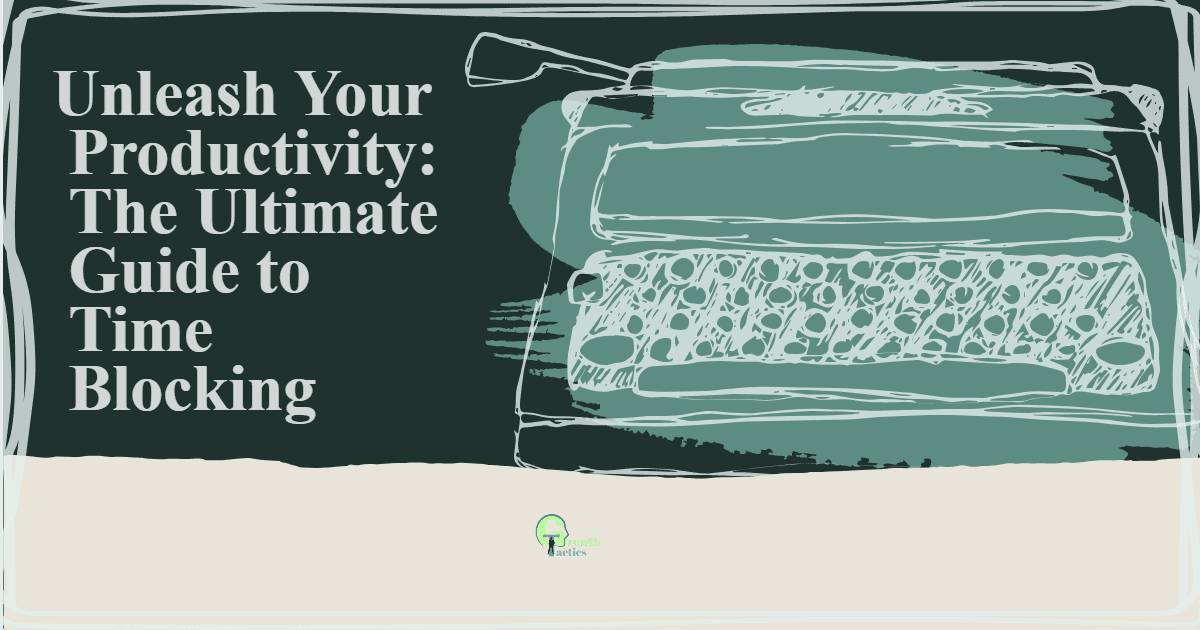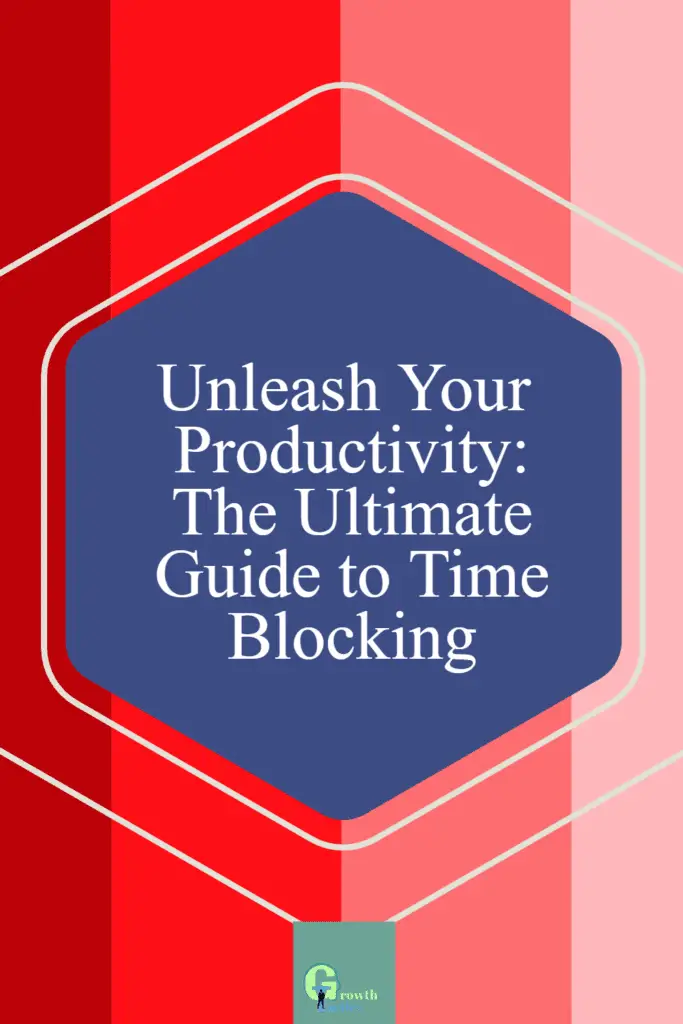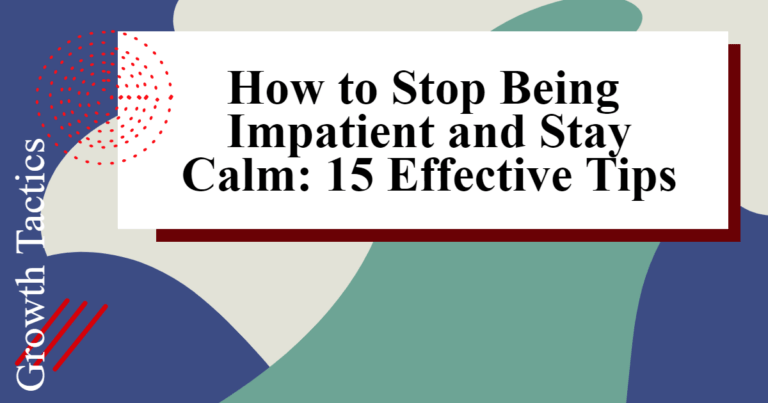As someone who regularly uses time blocking to boost my productivity and keep up with the busy pace of work and life, I can assure you it’s a game-changer. In this guide, you’ll learn about the simple yet powerful method of time blocking. We’ll take you through the process step by step, showing you how to schedule your day in blocks of time to really make the most of the hours you have. Get ready to unlock a more organized and efficient way to handle your daily tasks.
Jump To Section
What is Time Blocking?
Time blocking, as the name implies, is a time management technique where you set aside blocks of time for specific tasks on your calendar. This practice is all about planning your day-to-day life in a detailed level, creating a visual representation of your time usage. Most importantly, time blocking doesn’t just account for work—it includes personal time, leisure time, and time allotted for unanticipated projects.
The roots of time blocking go back to Benjamin Franklin and his meticulous journaling of his daily routines. But the recent surge of time blocking’s popularity can be credited to productivity champions like Cal Newport, author of Deep Work, and Elon Musk who is known for scheduling his work in five-minute ‘time blocks.’
There’s a simple answer to the question “Why bother with such a detailed level of planning?” The benefits of time blocking, as adopted by the likes of Elon Musk, are undeniable.
Who Uses Time Blocking?
Its versatility and effectiveness make it a valuable tool for anyone striving to improve productivity, reduce stress, and ensure that both personal and professional commitments receive the appropriate amount of attention. Here’s a closer look at who benefits from time blocking:
1. Professionals and Executives
For professionals and business executives, time blocking is an indispensable tool. It helps them manage their demanding work schedules, meetings, and deadlines. By allocating specific blocks of time to tasks such as email correspondence, project work, and meetings, they can ensure that they are making progress on all fronts without neglecting any aspect of their responsibilities. Time blocking also allows for strategic thinking and planning time, often overlooked in busy schedules.
2. Freelancers and Entrepreneurs
Freelancers and entrepreneurs, who often juggle multiple projects and roles at any given time, find time blocking particularly beneficial. It aids in dedicating blocks of time to different clients or projects, allowing for a clear focus on each task. This approach not only enhances productivity but also helps in setting realistic deadlines and managing client expectations by carving out specific times for communication, project work, and administrative tasks.
3. Students
Students, especially at the college and university level, use time blocking to balance their studies, part-time jobs, extracurricular activities, and social life. By creating a structured schedule that dedicates blocks of time to studying, attending classes, and leisure activities, students can enhance their time management skills, reduce procrastination, and improve educational outcomes.
4. Creatives
Artists, writers, and other creative professionals utilize time blocking to overcome one of their biggest challenges: finding time for the creative process amidst administrative tasks and life’s demands. By setting aside dedicated blocks of time for creating, they can better manage the balance between their creative work and other responsibilities, leading to more productive and inspired work sessions.
5. Individuals Seeking Work-Life Balance
Time blocking is not just for work-related tasks; it’s also an effective tool for individuals striving to achieve a better work-life balance. By allocating specific times for work, exercise, family time, and personal hobbies, individuals can ensure they are giving attention to all life areas that matter to them. This method helps in creating a more fulfilling and balanced life.
How to Start Time Blocking?
- Identify the tasks: Make a to-do list of all the specific tasks at hand. These can include work tasks, personal chores, breaks, and even leisure activities.
- Prioritization: Not all tasks are of equal importance. Prioritize your tasks based on their urgency and importance.
- Define time blocks: Assign a specific block of time for each task. How much time you’ll need for each task depends on its nature and complexity. Use a calendar app, such as Google Calendar, to visually lay out your time blocks.
- Stick to your schedule: You’d have to dedicate your time and attention to each task at the appointed time, resisting distractions.
- Adjust and evolve: It’s natural to miscalculate how much time you’ll need for a task when you begin time blocking. Adjust your time blocks as necessary.
Now you are ready to embrace the time-blocking method. Remember, the objective is to make optimum use of your time, and improve productivity – whether it’s a busy workday or a relaxed weekend at home.
Why Use Time Blocking for Work?
Using time blocking for work can revolutionize how you manage your work day. Here are a few reasons why you’d want to adopt this technique:
- Clear Focus: With specific blocks of time dedicated to certain jobs, you can avoid distractions and do deep work.
- Improved Productivity: By breaking your day into discrete chunks of time, you concentrate your efforts on a singular task rather than toggling between unrelated ones.
- Better Work-Life Balance: Set aside time blocks to ensure you do not overlook personal responsibilities or leisure activities.
- Reduced Overwhelming and Procrastination: When you manage time effectively using time blocking, large volumes of work seem less daunting.
- Greater Efficiency: Time blocking tells you when you’re most efficient and when you’re not, aiding in forming patterns that help manage your work better.
By consistently setting aside time blocks for each area of life, time blocking helps find time for important work and also for rest. Thus, it’s more than a time management method – think of it as a life management tool!
Why is Time Blocking Really Effective for Productivity?
Time blocking is more effective than traditional to-do lists at boosting productivity. The strategy’s efficacy rests on several psychological, physiological, and cognitive attributes. Here’s why:
Urgency effect
When a specific time slot is allocated for a task, it inherently creates a sense of urgency. This effect pushes you to complete it within the stipulated time frame. The constrained time period focuses your attention, helping increase productivity and discouraging unnecessary perfectionism that could lead to delays.
Reduced cognitive load
One of the primary obstacles to productivity is cognitive overload, often resulting from multitasking or switching between tasks. Time blocking encourages you to concentrate fully on a single task at a time, thereby reducing cognitive load significantly. It allows your mind to focus on the task at hand, which results in enhanced performance and output.
Structured work day
Planning your day with time blocks creates a structured timeline that helps reduce decision fatigue. Every decision we make, even as trivial as what to do next, taps into our limited reserve of mental energy. By pre-deciding what you’ll work on and when time blocking ensures more efficient use of your energy and mental bandwidth throughout the day.
Accountability
A time blocked schedule acts as a self-made contract to which you’re both the creator and executor. By setting up and committing to your time blocks, you hold yourself accountable for your productivity goals. This structure promotes self-discipline, ultimately becoming a catalyst for effective productivity.
Eliminate Procrastination
Procrastination can be a significant productivity killer. With time blocking, you commit to spending a specific amount of time on a task within a set timeframe. This structure leaves less room for procrastination by providing a clear starting point and end time, which makes daunting tasks seem more manageable.
How to Prioritize and Manage Your Time with Time Blocking?
To make the most of time blocking and ensure effective prioritization and time management, follow these expert tips:
The Eisenhower Matrix
Using the Eisenhower Matrix, a time management technique, you can categorize tasks based on their importance and urgency. By doing so, you can focus on the most critical and time-sensitive tasks first and allocate later blocks for tasks with lower priority. This will keep your productivity in check and help you accomplish tasks efficiently.
Realistic estimations
Accurately estimating the time required for each task is crucial for success in time blocking. Avoid underestimating or overestimating the time needed for specific tasks, as this can lead to inefficiency in managing your entire day. Keep track of your past experiences and learn from them to make better estimates.
Buffer time
Allocating buffer time in your schedule can save you from distress when faced with unforeseen tasks or emergencies. By including buffers, you create the flexibility to adjust your schedule without hampering your productivity. These blocks can also be used to accommodate any task that may have taken longer than anticipated, helping you stay on track throughout the day.
Evaluate and evolve
Regular evaluations of your time-blocking performance will ensure that you’re using the method effectively. Reflect on your accomplishments and adjust your schedule when needed. Modify your time blocks based on your past experiences and emerging priorities to remain flexible and adaptive, ensuring you’re making the most of the technique.
Personalize
Time blocking works best when it is tailored to your individual preferences and working patterns. Experiment with different time durations, layouts, and time management techniques that suit your unique workflow. Don’t hesitate to iterate and refine your time-blocking approach to find the perfect fit for your work style and personal life.
Common Time Blocking Mistakes and How to Avoid Them
By avoiding common time blocking mistakes, you can further improve your efficiency and ensure the success of your time-blocking efforts:
Overestimating or underestimating time
One of the most common mistakes made while time blocking is not accurately estimating the time a task will take. It’s vital to be as realistic as possible about how much time each task requires. This means you’ll need to track your tasks over some time to better understand how long they take. Overestimating can lead to excessive downtime while underestimating can result in uncompleted tasks and added stress.
Failing to include breaks
While it’s essential to be productive, it’s equally important to take breaks. A continuous working pattern without scheduled breaks can lead to burnout and decreased productivity over time. Include regular short breaks in your time blocks, and consider using proven techniques like the Pomodoro Technique, that prescribes 5-minute breaks after every 25-minute working session.
Overfilling your day
While being enthusiastic about time blocking, there might be a tendency to overfill your day with tasks in an effort to maximize productivity. However, this can lead to overwork and exhaustion. Remember that it’s equally important to set aside time for relaxation and revitalization. A packed schedule goes against the principles of maintaining a productive work-life balance.
Not accounting for interruptions
Even with the most carefully laid out time-blocked plan, life’s unpredictability could intrude. Disruptions and emergencies are often inevitable. To accommodate such unexpected issues, it’s a good idea to include ‘buffer’ time in your schedule. This allows you to handle interruptions without causing your entire day’s schedule to fall apart.
Neglecting personal time
Time blocking should encompass your entire day, not just your work responsibilities. Neglecting to schedule blocks for personal activities, self-care, hobbies, and leisure can lead to a feeling of being constantly ‘on’, which isn’t in line with maintaining functional mental health. Consider dedicating certain time blocks for personal time, to ensure you have a well-rounded and balanced schedule.
Time Blocking Apps: The Best Tools to Get Started
There is a variety of time blocking apps that can automate the time blocking process and help keep you on track. Here are some of your best options:
- Google Calendar: As a versatile and popular tool, Google Calendar allows you to set up time blocks in a very visual and interactive way.
- Calendar: This app offers smart scheduling, notifies you of upcoming tasks, and can even make suggestions for when to schedule meetings.
- Outlook Calendar: In Microsoft’s flagship productivity suite, Outlook has a powerful calendar feature that can handle complex time blocking needs.
- RescueTime: Beyond simply scheduling your day, RescueTime tracks the time you spend on tasks and provides productivity reports.
- Plan: This is a drag-and-drop time blocking app that syncs with your calendar and to-do list, bringing everything into one view.
Ways to Be More Productive with Time Blocking
Mastering the art of time blocking can skyrocket your productivity. Here’s how to take your time-blocking game to the next level:
- Color-code your time blocks: Assign different colors to different types of tasks to distinguish them at a glance. This can also help you balance your day with varied activities.
- Group similar tasks together: Perform related tasks in a single time block to maintain your flow state and work more efficiently.
- Schedule difficult tasks during peak productivity hours: Identify the periods when you are most productive and schedule your most challenging tasks during that time.
- Schedule regular reviews: Set aside time each week to review your time blocks and adjust them as needed.
- Embrace elasticity: Time blocking works best when there’s room for flexibility. Account for unexpected alterations and adjust accordingly.
How to Overcome Distractions and Stay Focused While Time-Blocking?
While time blocking can do wonders for your productivity, dealing with distractions can be a challenge. Here are strategies to maintain focus during your time blocks:
- Say no to distractions: Clearly communicate to colleagues, friends, and family that you’re available only after you’ve completed your current time block.
- Digital Detox: Turn off notifications on your devices to eliminate digital distractions. If possible, use apps that block distracting websites during your work hours.
- Design your workspace: Create a workspace that encourages concentration. Maintain a clean, clutter-free environment.
- Plan breaks: Regular short breaks can improve concentration. Use techniques like the Pomodoro Technique – work for 25 minutes, then take a five-minute break.
- Practice mindfulness: Incorporate mindfulness and meditation into your routine. These practices can enhance your focus and reduce susceptibility to distractions.
In Conclusion
To sum up, time blocking is a fantastic method for boosting your productivity and effectively managing your time. It helps you stay focused, prioritize tasks, and reduce distractions. Implementing time blocking in your daily life will provide numerous benefits and improve your overall efficiency. Embrace the power of time blocking, and you’ll be amazed at the transformation in your time management skills.








